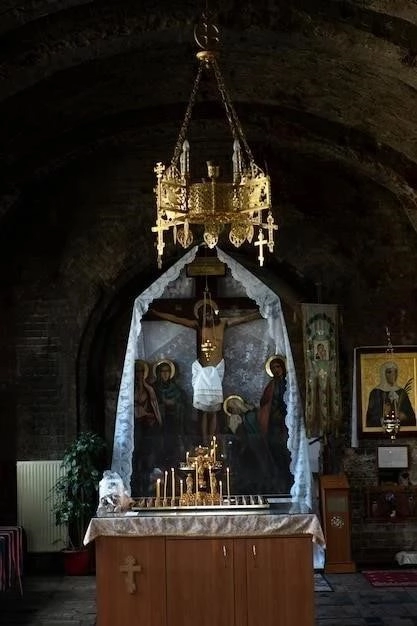The Significance of Federal Hall
Federal Hall stands as a monument to the very foundation of American democracy. It was within these hallowed halls that the newly formed government, under the Constitution, first convened. It was here that the Bill of Rights, enshrining fundamental freedoms, was introduced. This building bore witness to the earliest chapters of a nation, its significance permanently etched into the narrative of the United States.
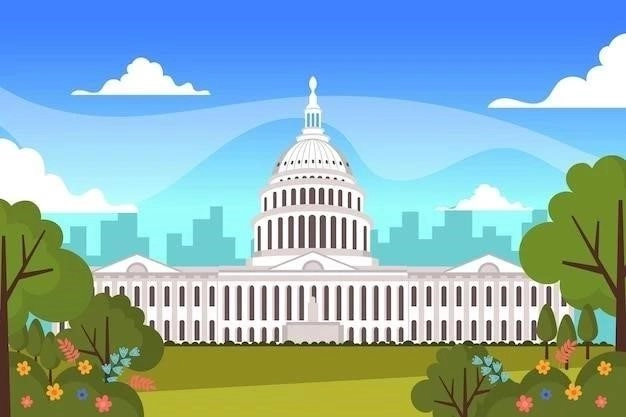
George Washington’s Journey to New York
Following his unanimous election as the first President of the United States, George Washington embarked on a journey that mirrored the hopes and aspirations of a newly formed nation. Leaving his beloved Mount Vernon on April 16, 1789, Washington’s travels became a triumphal procession. Each town along the route from Virginia to New York City sought to honor the man who embodied the ideals of the Revolution and the promise of a new government. Crowds gathered at every stop, eager to catch a glimpse of their esteemed leader. The journey, meticulously recorded in Washington’s diaries, captures the profound sense of anticipation and the weight of responsibility he carried as he prepared to assume the mantle of leadership in the newly established nation. This journey, far more than a simple change of location, signified the commencement of a new era for the United States.
The Inauguration Ceremony of April 30, 1789
On April 30, 1789, a date forever etched in the annals of American history, George Washington stood on the balcony of Federal Hall, overlooking a throng of jubilant onlookers. The air vibrated with anticipation as Robert R. Livingston, the Chancellor of New York, administered the oath of office, using a Bible hastily procured from a nearby Masonic lodge. As Washington uttered the words “so help me God,” a collective cheer erupted from the crowd, marking the official commencement of his presidency. The ceremony was imbued with a profound sense of historical weight and solemnity. The newly elected Congress, dignitaries, and foreign ambassadors assembled within Federal Hall, bearing witness to the birth of a nation and the inauguration of its first president. This pivotal moment signified the culmination of years of struggle and the dawn of a new era for the United States, one founded upon the principles of self-governance and democratic ideals.
The Oath of Office and the Bible Used
The oath of office, a solemn vow taken by every incoming president, took on a particularly profound significance during Washington’s inauguration. Administered by Robert R. Livingston, the Chancellor of New York, the oath marked the peaceful transfer of power from the Articles of Confederation to the new Constitution. An intriguing footnote in history revolves around the Bible used in the ceremony. In the eleventh hour, as preparations were frantically underway, it was discovered that no Bible was available. A frantic search ensued, culminating in a nearby Masonic lodge providing its copy of the Holy Scriptures. The Bible, hastily procured, was opened to a passage in the Book of Genesis, adding an unplanned yet symbolic layer to the proceedings. This Bible, known as the St. John’s Bible, became a tangible link to that momentous day, forever intertwined with the oath taken by the nation’s first president.
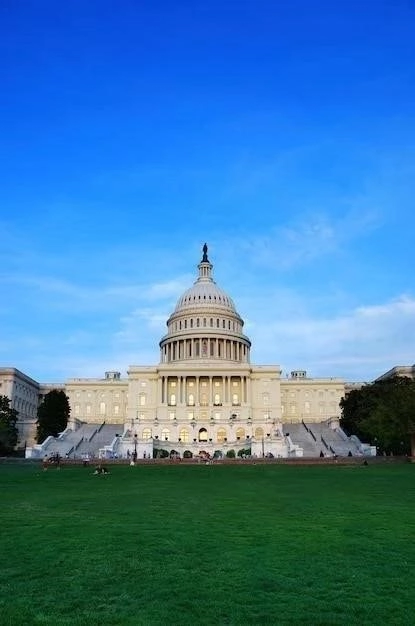
George Washington’s First Inaugural Address
Following the administration of the oath, Washington, visibly moved by the gravity of the occasion, proceeded to deliver his inaugural address. Speaking before a joint session of Congress within the hallowed halls of Federal Hall, he articulated a vision of unity, purpose, and cautious optimism. Washington stressed the importance of public virtue, national unity, and wise governance in securing the blessings of liberty for future generations. He expressed humility before the immense task at hand, acknowledging the challenges that lay ahead for the fledgling nation. The address, imbued with a deep sense of purpose and eloquence, served as a blueprint for the new republic. It established precedents for presidential leadership, emphasized the importance of civic responsibility, and set the tone for a government founded upon the principles of the Constitution.
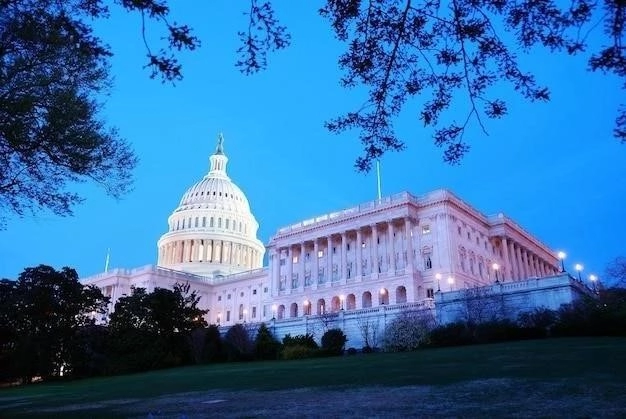
The Significance of the Inaugural Address
George Washington’s First Inaugural Address transcended the boundaries of a mere ceremonial speech; it became a foundational document for a nascent nation. His words, carefully crafted and delivered with a profound sense of responsibility, resonated deeply with both those present within Federal Hall and those citizens scattered across the vast expanse of the new republic. The address laid out a vision for a strong yet restrained federal government, emphasizing the delicate balance between individual liberty and national unity. Washington’s eloquence in addressing concerns, hopes, and aspirations provided a sense of unity and purpose, vital for a nation still grappling with the uncertainties of self-governance. This pivotal speech, echoing through the halls of history, set the standard for presidential leadership and continues to serve as a testament to the enduring principles upon which the United States was founded.
The Atmosphere and Public Response
The inauguration of George Washington was more than a political ceremony; it was a national celebration infused with a palpable sense of optimism and relief. New York City, adorned with flags and patriotic decorations, overflowed with citizens eager to witness the dawn of a new era. The streets surrounding Federal Hall teemed with a jubilant throng, their cheers echoing through the streets as Washington took the oath of office. Accounts from the period describe a palpable sense of unity and shared purpose. The successful conclusion of the Revolutionary War, coupled with the establishment of a new government under the Constitution, generated a collective sense of hope for the future. The weight of expectation rested upon Washington’s shoulders, yet the public response to his inauguration reflected an outpouring of confidence and trust in the leader who had so ably guided them through years of turmoil.
Federal Hall After the Inauguration
Following the inauguration, Federal Hall continued to serve as a crucible of American governance. It housed the first Congress, the Supreme Court, and the executive offices, witnessing firsthand the development of the new nation’s political structure. The Bill of Rights, a cornerstone of individual liberties, was drafted and debated within these very halls. However, Federal Hall’s time as the seat of government proved short-lived. In 1790, the capital moved to Philadelphia, and a decade later, it found its permanent home in Washington, D.C. Federal Hall, its role in shaping the nation fulfilled, continued to stand as a potent symbol of America’s formative years. Though the building that once hosted the nation’s government would eventually be replaced, its legacy lived on, a testament to the enduring principles of democracy established within its walls.
The Creation of the Federal Hall National Memorial
The original Federal Hall, a potent symbol of America’s fledgling democracy, was demolished in 1812. However, its significance in the nation’s history was not forgotten. In its place, a new structure, the Federal Hall we know today, was erected. Designed by architect Ithiel Town, this Greek Revival masterpiece, completed in 1842, served as New York City’s Custom House before assuming its role as a guardian of history. Recognizing the profound importance of the site, Congress, in 1939, designated Federal Hall a national memorial. This designation ensured the preservation of a location central to the story of the United States, transforming it into a place where visitors could connect with the legacy of George Washington and the birth of a nation.
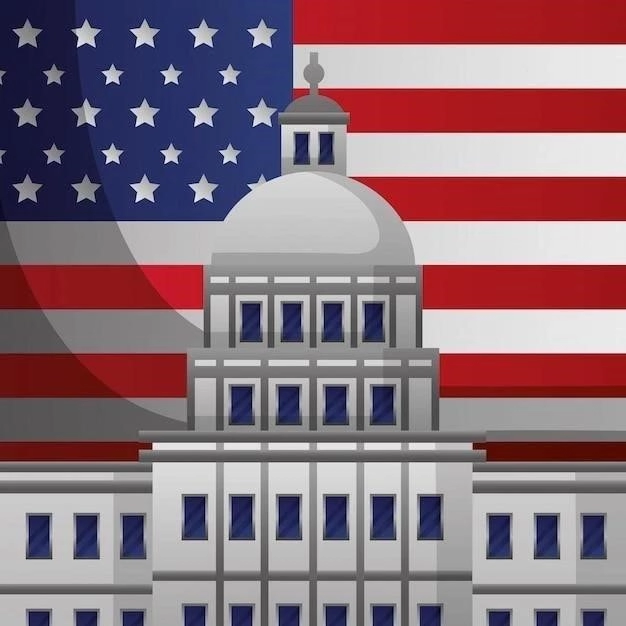
Visiting Federal Hall Today
Today, Federal Hall stands as a solemn and inspiring testament to the enduring principles upon which the United States was founded. Located on Wall Street, in the heart of modern financial New York, the building provides a tangible link to the nation’s earliest days. Stepping across its threshold is to embark on a journey through history. Visitors can explore exhibits that chronicle the events surrounding Washington’s inauguration, the drafting of the Bill of Rights, and the early years of American governance. A bronze statue of a resolute George Washington, standing on the very spot where he took his oath of office, serves as a powerful reminder of the weight of leadership and the enduring legacy of this pivotal location in the American story.
Commemorating the Birth of a Nation
The Federal Hall National Memorial stands as more than just a historical landmark; it serves as a powerful symbol of the enduring ideals upon which the United States was founded. It is a place where visitors can reflect upon the audacity of a fledgling nation declaring its independence, the wisdom enshrined in the Constitution, and the enduring legacy of its leaders. The echoes of Washington’s inaugural address, calling for unity and purpose, resonate within these hallowed halls, reminding us of the enduring power of democracy and the responsibilities of citizenship. Federal Hall, forever intertwined with the birth of a nation, stands as a testament to the enduring spirit of America and a poignant reminder of the values that bind a nation together.



